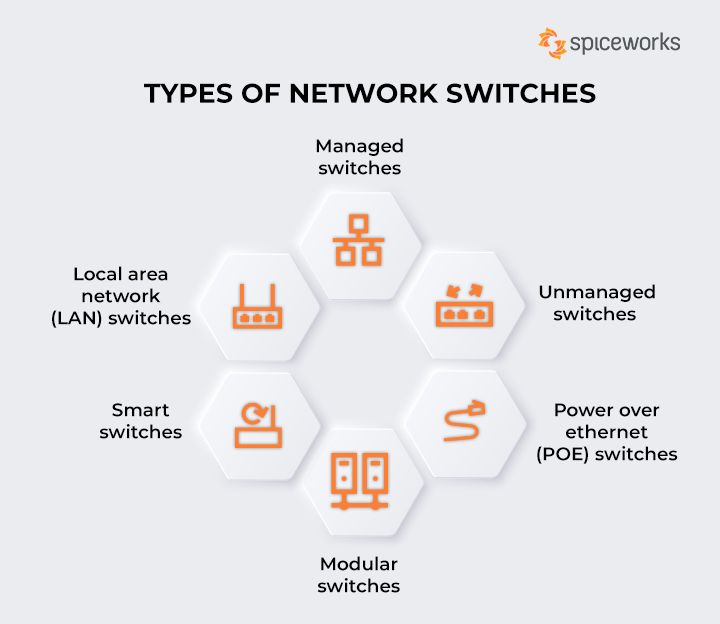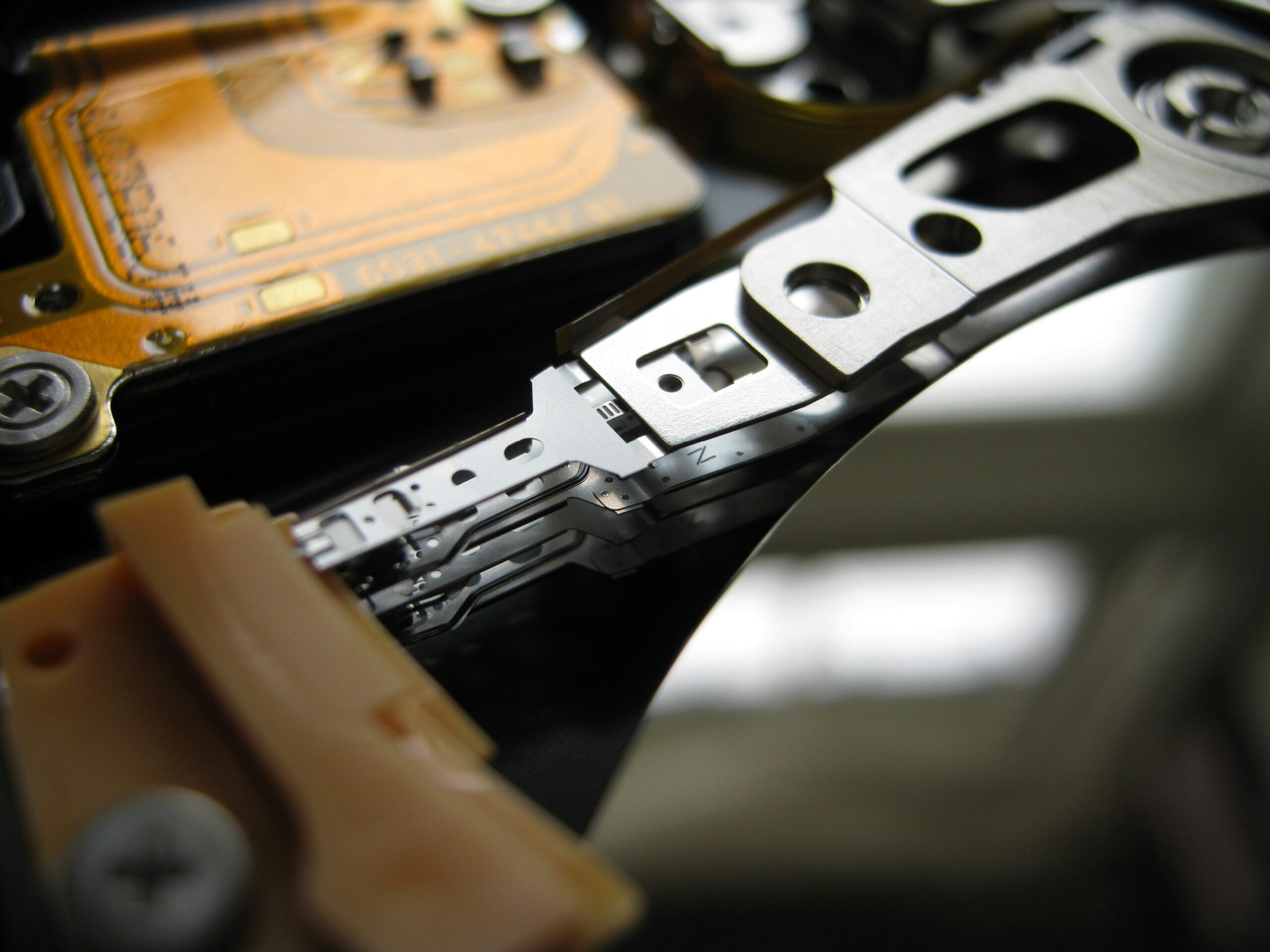Consider the fact that millions of PCs are discarded each year, yet many of these machines are still completely functional with just a few upgrades. This overlooked inventory creates a profitable opportunity for those willing to refurbish and resell. What was once destined for a landfill can now become a valuable asset.
The practice of refurbishing old PCs began gaining traction in the late 1990s and has only grown since then. According to a 2022 report, the refurbished electronics market is projected to reach $160 billion globally by 2027. This trend signifies both a lucrative business opportunity and a sustainable solution to e-waste.
The Profitability of Refurbishing Old PCs
Refurbishing old PCs can be a highly profitable venture. With minimal investment in parts, you can upgrade outdated machines. The global market for refurbished electronics is booming, making it an attractive business opportunity.
Consider the costs: an old PC might need a few new components, which usually cost much less than a brand-new computer. After refurbishing, these PCs can be sold for a significant profit. This makes the profit margins quite appealing.
The demand for refurbished PCs is growing. Many people and businesses are looking for affordable yet functional computers. This demand creates a steady market for refurbished PCs.
Additionally, refurbishing old PCs contributes to sustainability. By reducing e-waste, you not only profit but also help the environment. This dual benefit is a win-win for both the business and the planet.
Exploring the Global Market for Refurbished Electronics
The global market for refurbished electronics is large and expanding. With more people becoming environmentally conscious, the demand for refurbished products is on the rise. This trend provides a golden opportunity for refurbishing businesses.
Major markets include North America, Europe, and Asia. Companies in these regions are increasingly purchasing refurbished PCs to cut costs. As a result, refurbishers can tap into a broad and diverse customer base.
According to a report, the refurbished electronics market is projected to reach $160 billion by 2027. This translates to a large revenue potential. Being part of this market can be highly rewarding financially.
Potential Profit Margins
One of the main attractions of refurbishing old PCs is the impressive profit margins. Refurbishment costs are generally low, allowing for higher resale prices. Even a small batch of refurbished PCs can yield significant profits.
For instance, the cost of upgrading an old PC with new RAM and a solid-state drive (SSD) might be under $100. Once refurbished, that PC could sell for $300 or more. This markup showcases the profitability of this business.
Seasonal sales and bulk orders from businesses can further boost earnings. Special promotions during back-to-school or holiday seasons can drive significant sales. This cyclical nature of demand helps maintain steady income throughout the year.
Understanding the Demand for Refurbished PCs
People are increasingly seeking cost-effective solutions for their computing needs. Refurbished PCs offer a viable alternative to expensive new models. This growing demand makes refurbishing a smart business choice.
Both individuals and businesses find value in refurbished PCs. Students, remote workers, and startups often opt for these affordable yet reliable machines. This broad customer base helps ensure consistent demand.
Marketing to the right audience is key. Highlighting the cost benefits and environmental impact can attract more buyers. Effective marketing strategies can significantly increase sales and profitability.
Key Steps in Refurbishing Old PCs
Refurbishing old PCs involves several crucial steps to ensure the machines are functional and appealing. Each step plays a vital role in the process. From identifying potential refurbished units to selling the final product, every detail matters.
Identification of Refurbishable PCs
The first step is identifying old PCs that can still perform well. Check for visible damages and evaluate the internal components. A quick inspection can help you decide if the PC is worth refurbishing.
Gathering old PCs can be done through donations, purchases from businesses, or government auctions. Many organizations look to offload outdated equipment. This can be a source of inexpensive and high-potential units.
Make sure to select PCs with good frames and minimal damage. Cosmetic flaws can be fixed easily, but significant internal damage may not be worth the effort. Choosing the right units saves time and money.
Hardware Evaluation and Upgrading
Once you have the PCs, the next step is to evaluate the hardware. Open the PC and inspect components such as the CPU, RAM, and hard drive. Determine what needs to be upgraded or replaced.
Upgrading the hardware components can significantly improve performance. Common upgrades include adding more RAM, swapping out old hard drives for solid-state drives (SSDs), and upgrading the CPU. Even replacing a few components can drastically improve the machine’s capabilities.
Keep a checklist of the items that need attention. This ensures you don’t miss any critical upgrades. Good documentation makes the process smoother and more effective.
Software Installation and Optimization
The final step in refurbishing old PCs is installing and optimizing software. Begin by wiping any existing data to ensure privacy and security. This prepares the PC for a fresh start.
Install a new operating system, usually a clean copy of Windows or a popular Linux distribution. Including essential software like antivirus and productivity tools can add value. This makes the PC more attractive to potential buyers.
Optimize system settings to enhance performance. This includes disabling unnecessary startup programs and updating drivers. A well-optimized PC runs smoothly and efficiently.
Essential Tools and Skills in Refurbishing Old PCs
Refurbishing old PCs requires a set of essential tools. Having the right tools ensures the process is smooth and efficient. Basic tools include screwdrivers, pliers, and thermal paste.
One must also have software tools like diagnostic programs and operating system installers. Diagnostic tools help identify hardware issues quickly. These tools save time and make the refurbishment process easier.
Skills-wise, understanding computer hardware is crucial. Knowing how to dismantle and reassemble components is essential. Basic soldering skills can also come in handy for fixing minor hardware issues.
Additionally, familiarity with software installation and optimization is vital. Knowing how to install operating systems and drivers is key. This ensures that the refurbished PCs perform optimally.
- Screwdrivers
- Pliers
- Thermal paste
- Diagnostic software tools
- Operating system installers
Refurbished PCs and Sustainability
Refurbishing old PCs plays a significant role in sustainability. It helps reduce e-waste, which is a growing environmental concern. Millions of computers are discarded each year, contributing to landfill waste.
By refurbishing these machines, we extend their life cycle. This means fewer new PCs need to be manufactured. As a result, it reduces the demand for raw materials and minimizes harmful emissions.
Another benefit is the energy savings. Manufacturing new computers consumes a lot of energy. Using refurbished PCs cuts down on this energy consumption, making it an eco-friendly choice.
Additionally, refurbishing promotes a circular economy. Products are reused, repurposed, and kept in circulation longer. This model is more sustainable compared to the traditional linear economy.
Organizations can significantly reduce their carbon footprint by opting for refurbished PCs. This aligns with corporate social responsibility goals. It’s a practical step toward a greener future.
- Reduces e-waste
- Minimizes raw material demand
- Saves energy
- Promotes a circular economy
- Aligns with corporate social responsibility
Marketing and Selling Refurbished PCs
Effective marketing is crucial for selling refurbished PCs. Building a strong brand helps gain trust from potential buyers. Highlighting the benefits of refurbished PCs can attract more customers.
Utilize online platforms like eBay, Amazon, and your own website for sales. These platforms offer a broad reach and target diverse audiences. Consistent listings and positive reviews can boost visibility.
Engage customers through social media and email marketing. Regular updates about new stock and special offers can keep your audience interested. Interactive posts can also drive engagement.
Clearly communicate the value proposition. Explain how refurbished PCs are cost-effective and environmentally friendly. This can differentiate your products from new, more expensive options.
Providing excellent customer service is key. Address inquiries promptly and offer warranties where possible. High-quality support fosters loyalty and repeat business.
- Build a strong brand
- Utilize online platforms
- Engage through social media and email marketing
- Communicate the value proposition
- Provide excellent customer service

Frequently Asked Questions
Refurbishing old PCs is a profitable and environmentally-friendly venture. Below are some engaging questions and answers to help you understand more about the process.
1. What basic tools do you need to refurbish a PC?
To refurbish a PC, you’ll need some basic tools. These include screwdrivers, pliers, and thermal paste. You will also find diagnostic software tools helpful for identifying hardware issues quickly and efficiently.
You may also need operating system installers to refresh the software on the computer. Having these essential tools ensures that you can handle most refurbishment tasks effectively. Proper tools make the process smoother and quicker.
2. How much can you earn by selling refurbished PCs?
The profits from selling refurbished PCs vary depending on factors like initial cost, upgrades made, and market demand. On average, you could make a significant markup from the original investment.
For example, an old PC upgraded with new RAM and an SSD might cost under $100 in parts but sell for around $300 or more. This potential profit makes refurbishing an attractive business opportunity.
3. How does refurbishing PCs contribute to sustainability?
Refurbishing PCs plays a vital role in reducing e-waste by extending the life cycle of older machines. This practice minimizes the need for new computer production, which demands raw materials and energy.
Sustainable refurbishment helps conserve natural resources and reduces landfill waste. It promotes a circular economy where products are reused rather than discarded after short-term usage.
4. What skills are important for refurbishing old PCs?
A good understanding of computer hardware is crucial for successfully refurbishing old PCs. You should know how to dismantle and reassemble components accurately.
Basic soldering skills can also be beneficial if minor hardware repairs are needed. Software installation knowledge is essential to ensure optimized performance after refurbishment.
5. Where can you source old PCs for refurbishment?
You can acquire old PCs from various sources including donations from individuals or businesses looking to upgrade their systems. Government auctions often offer bulk quantities of outdated equipment at low prices.
Purchasing from businesses that regularly update their technology can provide units with high refurbishment potential at minimal initial cost. These sourcing strategies ensure a steady supply of units for your business.
Conclusion
Refurbishing old PCs offers both financial and environmental benefits. It’s a practice that not only reduces e-waste but also meets the demand for affordable computing solutions. With the right tools and skills, the potential for profit is significant.
By engaging in this sustainable venture, businesses can contribute to a greener planet while earning substantial returns. Whether you are a seasoned expert or a newcomer, refurbishing old PCs is a rewarding and impactful endeavor. This dual advantage makes it a promising area for growth and innovation.






Leave a Reply
You must be logged in to post a comment.